Preparing your homes roof for Hurricane Season
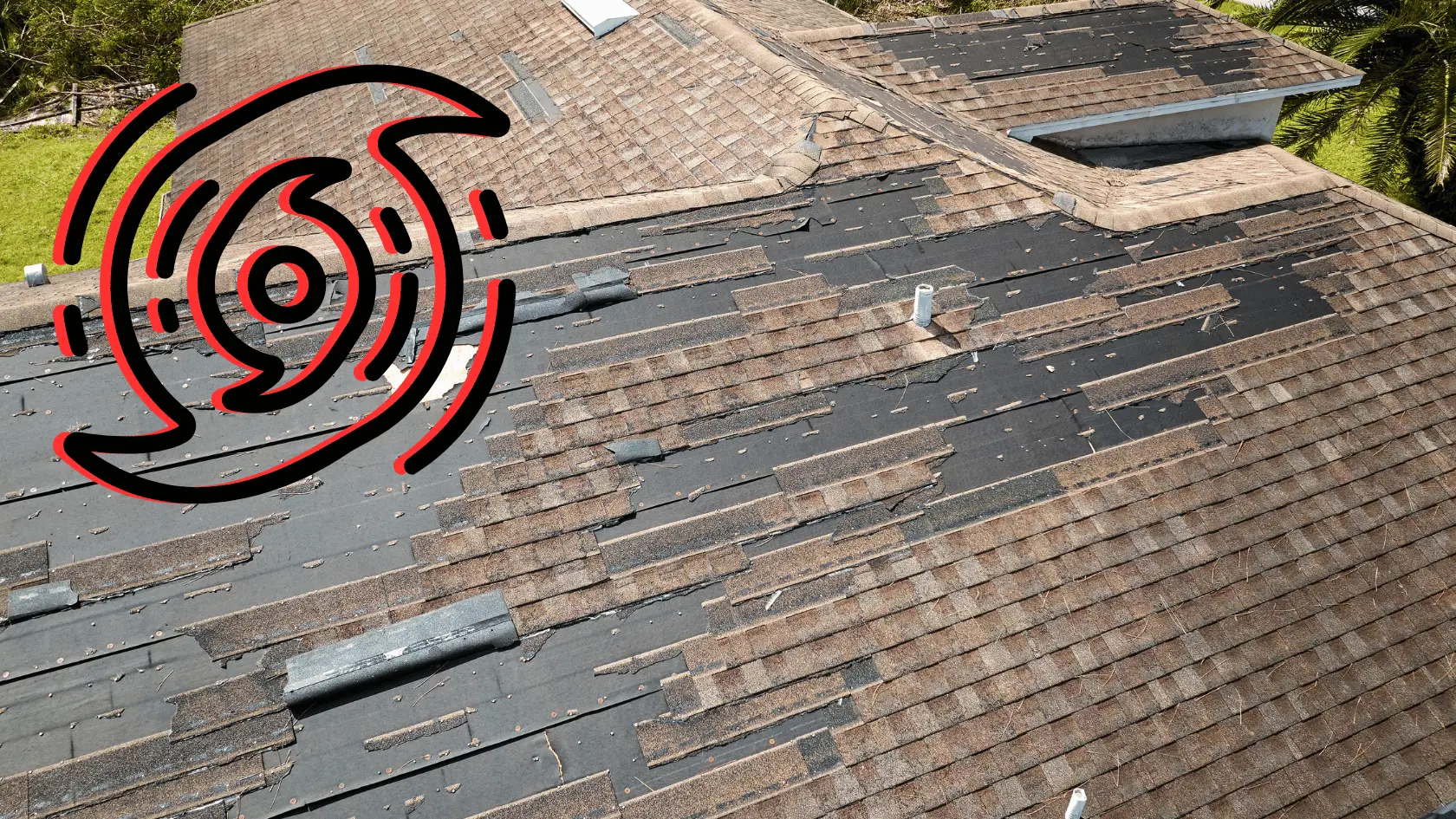
As the weather starts to warm up and the days grow longer, it’s time to start thinking about hurricane and storm season. Hurricane season starts in June, however May brings frequent showers. For homeowners, preparing your roof for the unpredictable weather ahead is crucial. A well-maintained roof can make all the difference in protecting your property and keeping your family safe.
In this blog post, we’ll provide you with a step-by-step guide on how to effectively inspect and prepare your home for the upcoming hurricane and storm season.
Inspect Your Roof
The first step in preparing your roof for hurricane and storm season is to conduct a thorough visual inspection. Look for any signs of damage, such as missing or loose shingles, cracked or unsealed tiles, or damaged flashing. Inspect the vents and boots for holes either from sun damage or squirrels. If you notice any issues, it’s important to address them promptly to prevent further damage.
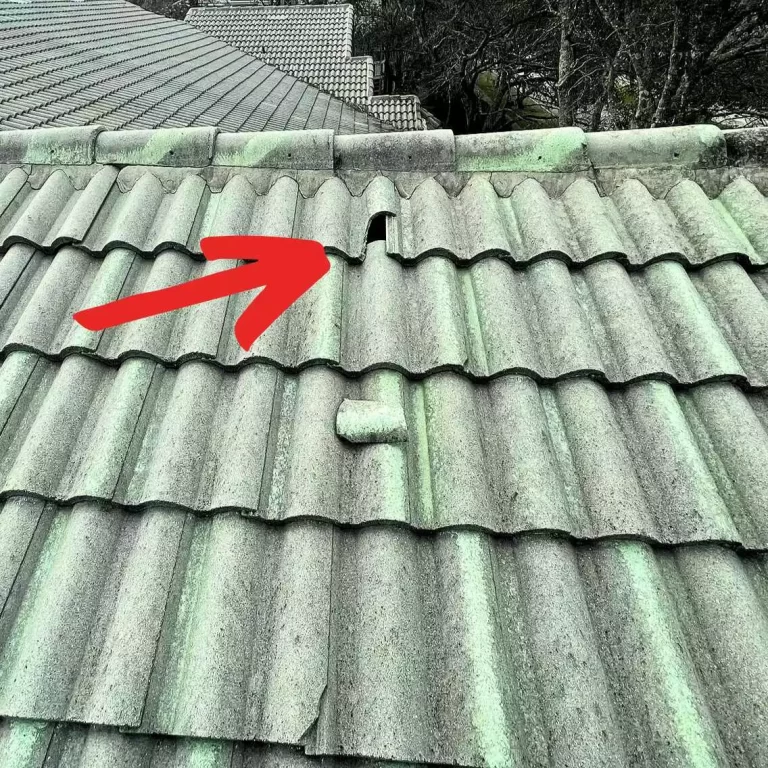
Clean Your Roof
Keeping your roof clean is essential for maintaining its integrity and preventing potential issues. Remove any debris such as leaves, twigs, or branches that may have accumulated on the surface. Inspect your gutters and downspouts to make sure they are clear of clogs and debris. This will help ensure that your roof can effectively shed water during heavy rains and prevent the buildup of moisture, which can lead to mold or rot.
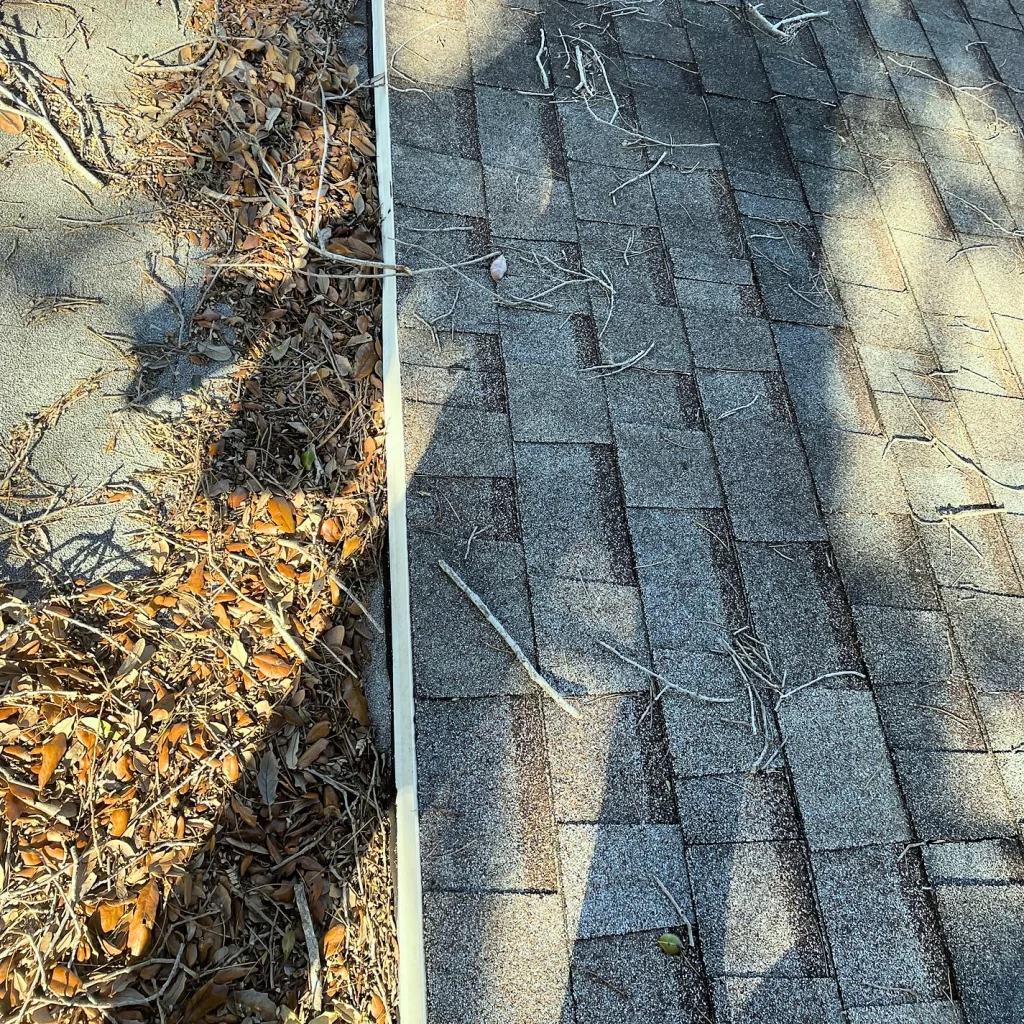
Trim Overhanging Trees and Branches
Overhanging trees and branches can pose a significant threat to your roof during a storm. Strong winds can cause these to break and fall, potentially causing damage to your roof or even your entire property. Take the time to trim any overhanging branches and ensure that they are a safe distance from your roof. If a branch can touch your roof it will wear away the surface as it sways in the wind. Trim these branches before they create larger issues.
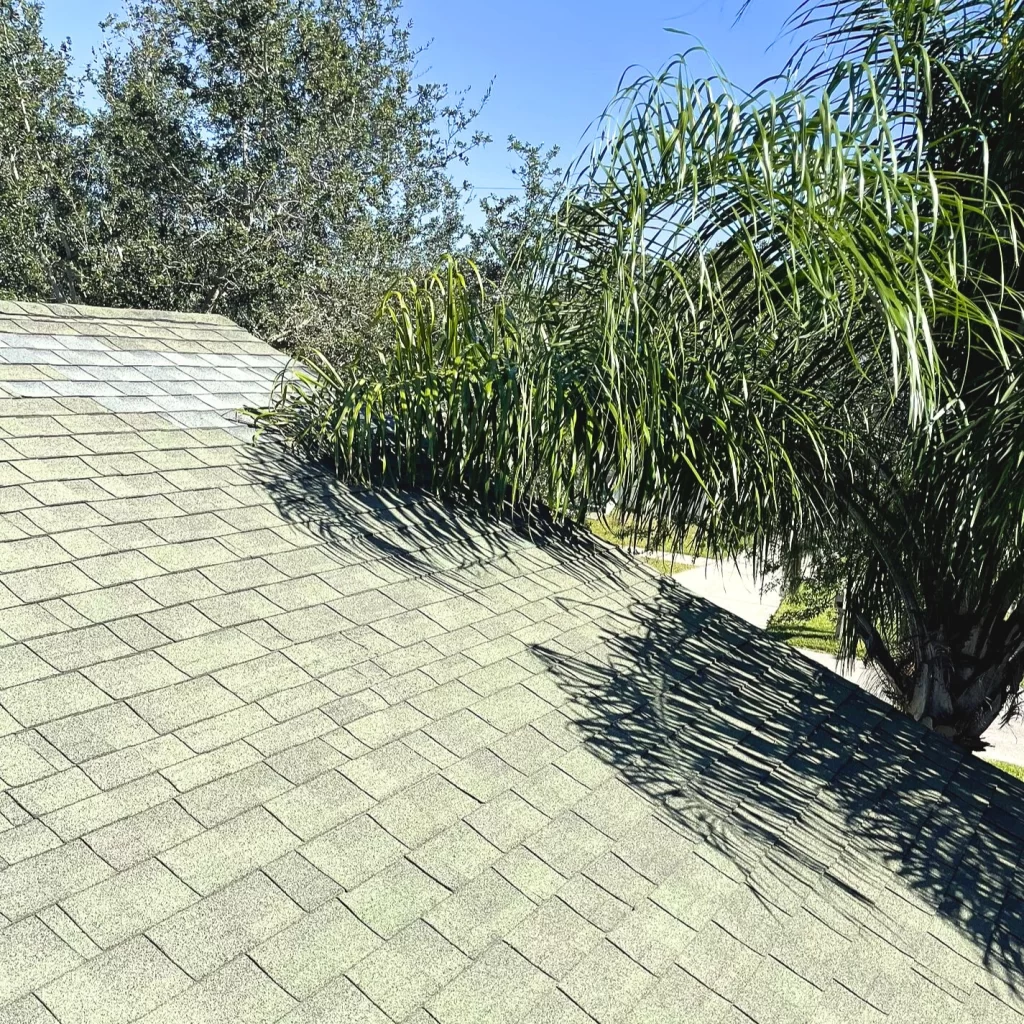
Consider Roof Reinforcement
Depending on the age and condition of your roof, you may want to consider reinforcing it to better withstand the forces of a hurricane or severe storm. A shingle roof in Florida is expected to last 15-20 years, tile 25-30 and a metal roof 40-70 but many factors can determine the overall health of a roof. Inspecting the roof regularly can prevent headaches and damaged property at the end of the day. If your roof is older than 23 years, it likely does not have hurricane straps installed. These became code in 2001 and are a metal strap that ties the wall plate to the roof truss, preventing wind suction from peeling a roof off the walls. Adding these reinforcements may also save significantly on your insurance costs.
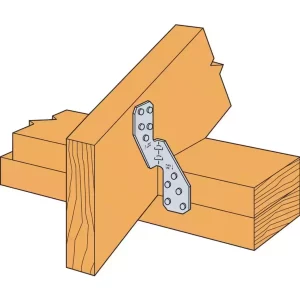
Stay Informed and Prepared
Finally, it’s important to stay informed about the latest weather forecasts and be prepared to take action if a hurricane or severe storm is headed your way. This may include having a plan in place for evacuating your property or securing your home in the event of an emergency.
By following these steps, you can help ensure that your home or business roof is well-prepared for the upcoming hurricane and storm season. Remember, taking proactive measures now can save you time, money, and stress down the line.
